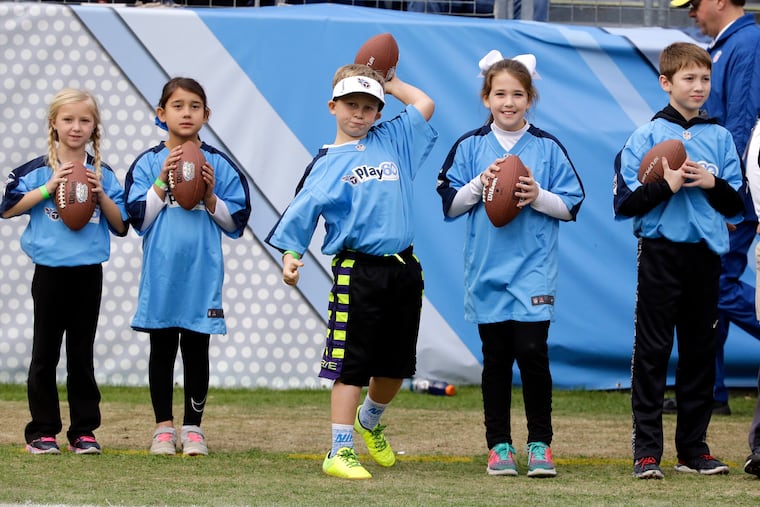Physical activity improves kids’ social, emotional, and academic performance
What if I told you there is a free magic pill that would improve students social, emotional and academic performance? You’d sign your kids up right away for a dose, right?

It’s that time of the year again: back to school time. Time for teachers, testing, more testing, and endless piles of homework.
As if that weren’t enough, then there’s the anxiety and the monumental effort to stay tethered to a desk all day.
But what if I told you there is a free magic pill that would improve students social, emotional, and academic performance? You’d sign your kids up right away for a dose, right?
Well, there is: physical activity. That means any physical activity, including recess, not just structured exercise or participation in sports teams.
Way back in the 1980s Dr. Robert Butler, the founder of the National Institute of Aging said, “If exercise could be packed into a pill, it would be the single most widely prescribed and beneficial medicine in the nation.”
He was right. However, our nation’s schools are way behind on this front, despite decades of expert and scientific data that proves the benefits of physical activity for kids.
Why Philly should get a little Finnish
For about 20 years, Finland has been outshining and dusting the United States in terms of physical activity for kids. In Finland children participate in more physical activity and play and they perform much better academically than their sedentary American counterparts. From kindergarten through eighth grade, Finnish students receive 15 minutes of every hour in recess, or other unstructured play.
Fifteen minute breaks every hour?!
While I know it sounds counterintuitive by American standards, let’s think logically for a moment: Kids are naturally wired for running, skipping, jumping, and playing, and not so much for sitting endlessly for hours studying. The frequent breaks keep kids energized, fresh, attentive, and ready to go.
In the United States we spend more per pupil than almost any other country in the world with results that are mediocre at best. You would think with more time, more money, and more resources we’d be doing better. Unfortunately, it’s just the opposite.
I know it sounds crazy, but maybe, just maybe, the time is long overdue to cease with the endless test prep and standardized testing frenzy. Maybe the time has finally come that the classroom is no longer a place where teachers pour knowledge into passive, empty-headed students.
One thing’s for sure, if those methods ever worked, they are certainly not working anymore. According to latest National Assessment of Educational Progress (NAEP) report from 2017, about 80% of low-income students in the United States and 66% of all American students do not even read at grade level by the fourth grade.
So clearly, we need to shake, rattle, and roll our educational system, and maybe more hula hoops, tag, jump rope, and hourly 15-minute fitness breaks are just what we need to save our kids, teachers, and our schools.